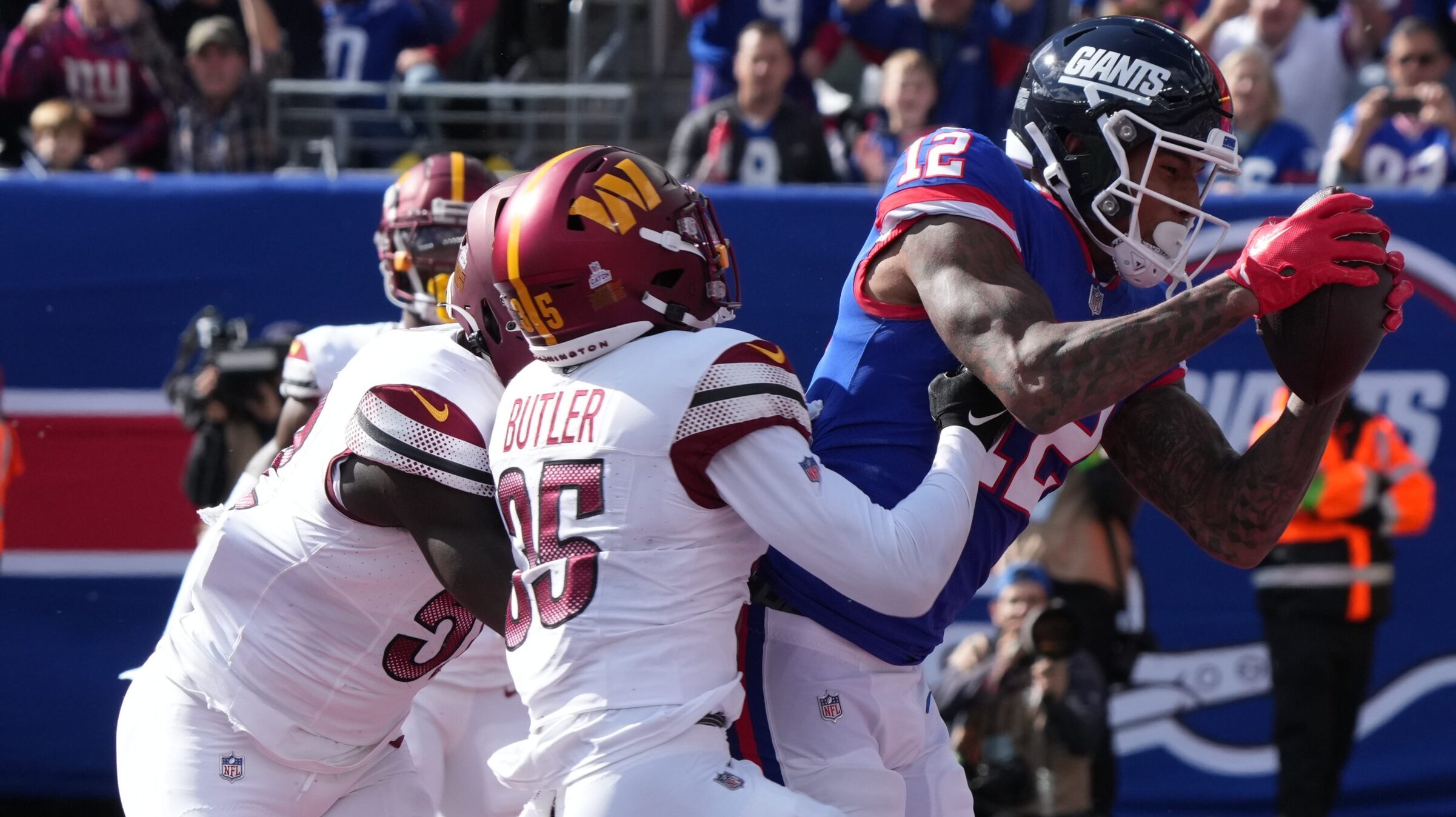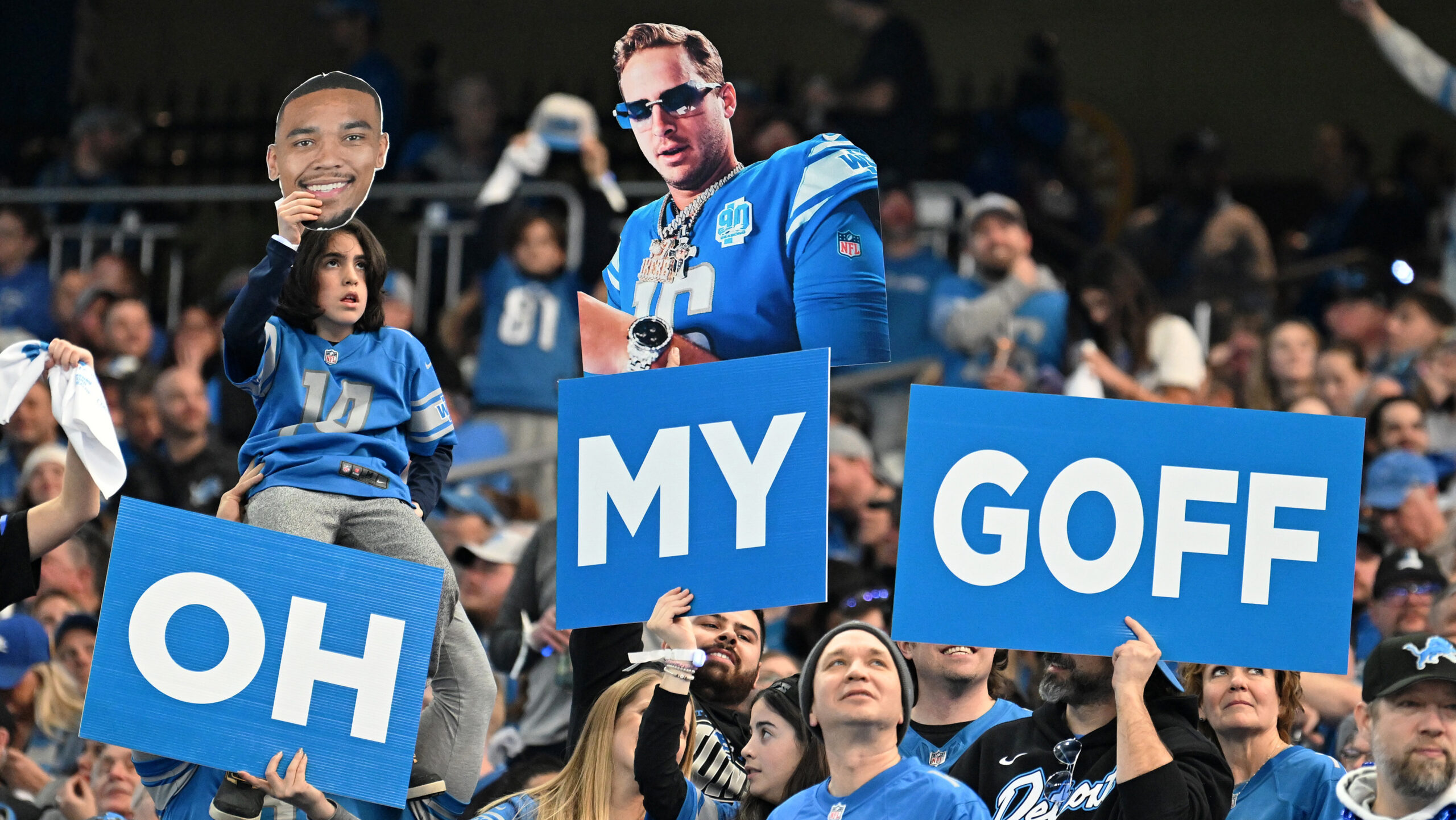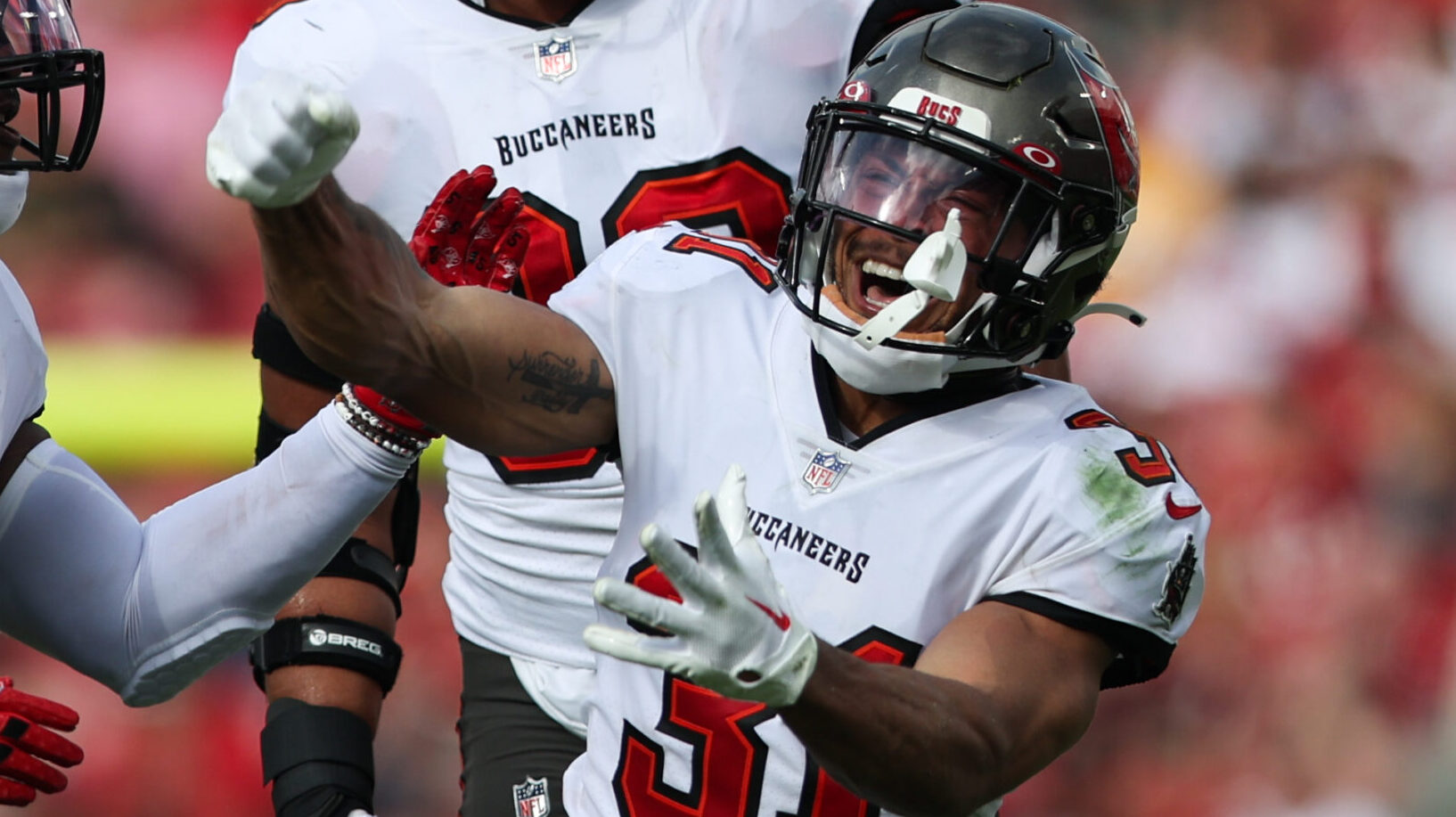NFL Analysis
3/1/24
3 min read
NFL Combine: Does The 40-Yard Dash Matter for Draft Prospects?

The NFL Combine, known pejoratively as “the Underwear Olympics,” has evolved into its spectator sport, with fans showing great interest in what is essentially a weeklong job interview for 300-some draft prospects.
Of course, the rumors that swirl around Indianapolis and the athletic events make the event a TV spectacle, and the 40-yard dash is the star of the show.
People running fast can be pretty cool, after all, especially when they’re particularly large human beings. But while it may be cool, is the 40-yard dash predictive of future performance?
Eh, not really.
It's Out of Date
The 40-yard dash is a bit antiquated. The drill’s conception goes back to evaluating a player's suitability as a potential gunner on punts. Now, it’s just a proxy for play speed, and many people would argue, perhaps rightfully, that it’s not a good one.
Others would argue that even if the 40-yard dash is not a good way to evaluate play speed, it can still be valuable if it predicts future performance. And those people are probably right.
The problem is the 40-yard dash hasn’t proven to be predictive; other measures such as the 10-yard-split are more valuable.
Using our proprietary player value metric, Total Points, we can compare a player’s performance through the first two years of their career with their 40 times and conclude — to varying degrees — 40 times don’t matter much. Totals, as opposed to averages, are used because the volume of a player’s contributions is important.
However, it is a bit confounding when you consider that players drafted earlier are given the benefit of the doubt, in a sense. High draft picks are given more consideration and generally play more. Still, it’s hard to argue that a late-round draft pick drafted because of their athletic profile is as good as a first-round pick just because they performed efficiently in a small sample.
As for the actual correlations, unsurprisingly, it matters the least for interior defensive linemen (there’s basically no correlation at all). It’s also noisy for the positions you think it’d be the most important for (cornerback and receiver).
There’s some signal for tight ends, but nothing that would be considered statistically significant. In the table below, you can see the significance at a position level. However, it is essential to note negative values are expected. A faster number is lower and a more valuable Total Points number is higher, so there’s an inverse relationship.
40-Yard Correlations
| Position | Correlation (R-value) |
| Quarterbacks | -0.18 |
| Running backs | -0.06 |
| Wide receivers | -0.10 |
| Tight ends | -0.31 |
| Offensive linemen | -0.17 |
| Defensive ends | -0.23 |
| Interior defensive linemen | -0.03 |
| Linebackers | -0.20 |
| Cornerbacks | -0.18 |
| Safeties | -0.10 |
This data is not an inspiring, or even new, conclusion. Things would be much more exciting if the fun-to-watch event was meaningful. The lack of correlation is something to remember whenever your favorite prospect runs slower than expected — or when your least favorite prospect clocks a blazing time.
Again, this is not to say that speed does not matter, which most reasonable people would consider an unserious thought.
This drill’s method of evaluating speed is limited. Still, the above correlations are in the direction we’d expect, even if they are marginally stronger than zero at best.
This article was written by Bryce Rossler.








